AI is new and powerful.
Especially if you want to start an online business.
It can even generate an entire website for you.
The problem is that most people don’t know how to use AI to create an actually profitable business.
I’ve scoured all around Reddit, Twitter, and YouTube looking for the best AI side hustle ideas that can boost my income and allow me to potentially make at least $1000/month.
From best prompts for product descriptions and SEO-optimized articles to generating Etsy stickers and AirBnb welcome books with Midjourney.
Here’s the list.
What are the best AI business ideas
Here are the best AI business ideas to start this year with Midjourney and ChatGPT:
(The main AI tools that these businesses will need are Midjourney and ChatGPT).
1. Sell AirBnb welcome books
Most AirBnb hosts have welcome books with basic rules and instructions for the AirBnb and how to get around the location.
They look something like this:
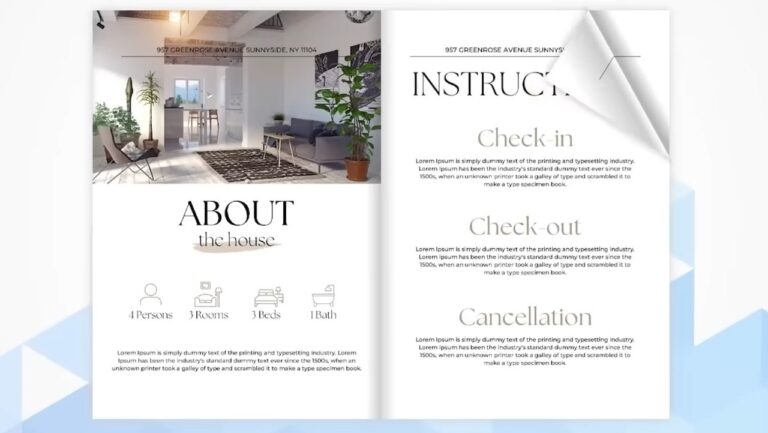
I asked ChatGPT what should be in this book and here’s what it came up with:
- Welcome Message: Start with a warm and personalized welcome message to greet your guests.
- Important Contacts: Include contact information for the property owner or manager, including phone numbers, email addresses, and emergency contacts.
- House Rules: Clearly outline any specific rules or guidelines that guests need to follow during their stay. This may include information about quiet hours, smoking policies, pet policies, and any other important rules specific to your property.
- Check-In and Check-Out Instructions: Provide detailed instructions on how to access the property, including directions, parking information, and any codes or keys needed. Also, mention the check-out process, such as where to leave keys and any specific check-out time.
- Property Features and Amenities: Describe the features and amenities available in your property, such as Wi-Fi access, kitchen appliances, laundry facilities, entertainment systems, a swimming pool, a gym, etc. Include any instructions or guidelines related to their use.
- Safety Information: Ensure guests are aware of safety measures and equipment on the property, such as fire extinguishers, first aid kits, emergency exits, and procedures in case of emergencies.
- Local Attractions and Recommendations: Share information about nearby attractions, restaurants, shops, parks, and other points of interest. Include maps, brochures, or recommendations for guests to explore the area.
- Transportation Options: Provide details about public transportation, nearby bus or train stations, taxi services, or rental car companies, making it easier for guests to navigate the area.
- Frequently Asked Questions: Anticipate common questions guests might have and provide answers to them in this section. Cover topics like parking, garbage disposal, recycling, heating and cooling instructions, etc.
- Housekeeping Instructions: Offer guidance on how to maintain cleanliness during their stay, including garbage disposal instructions, laundry procedures, and any other specific cleaning guidelines.
- Troubleshooting and Maintenance: Provide instructions for common troubleshooting issues such as Wi-Fi connectivity, TV or appliance usage, and what guests should do in case of maintenance or repair needs.
- Feedback and Review Requests: Encourage guests to provide feedback on their stay and leave a review. Include instructions on how to leave a review on the Airbnb platform.
Using this outline you can create a simple AirBnb welcome book template with Canva.
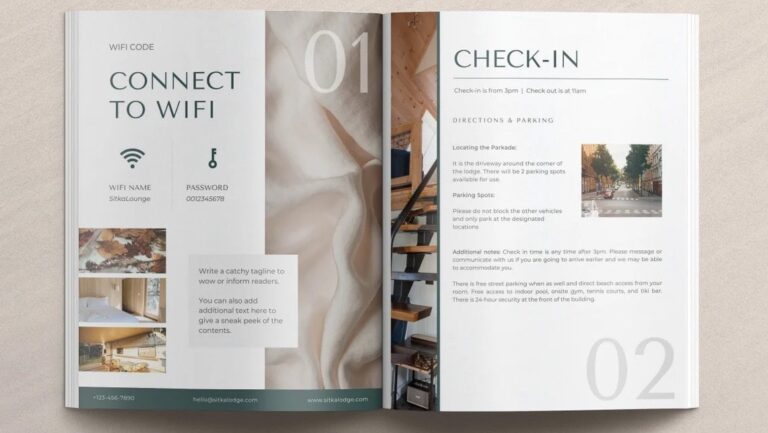
Once you have a mockup to showcase you can then create a landing page for this digital product with Shopify or Payhip.
If you want to stop here, this is it – you can sell this template as a digital product.
But that’s probably not going to make $1000/month.
We can take it further and sell it as a “done for you” service that makes the book for Airbnb hosts instead of them having to do it themselves:
- Create a questionnaire using ChatGPT with the most important questions AirBnb guests have for their hosts.
- When a client buys your service collect answers to these questions using Google Forms.
- Fill out the AirBnb welcome book template within Canva with their answers and send them the finished product.
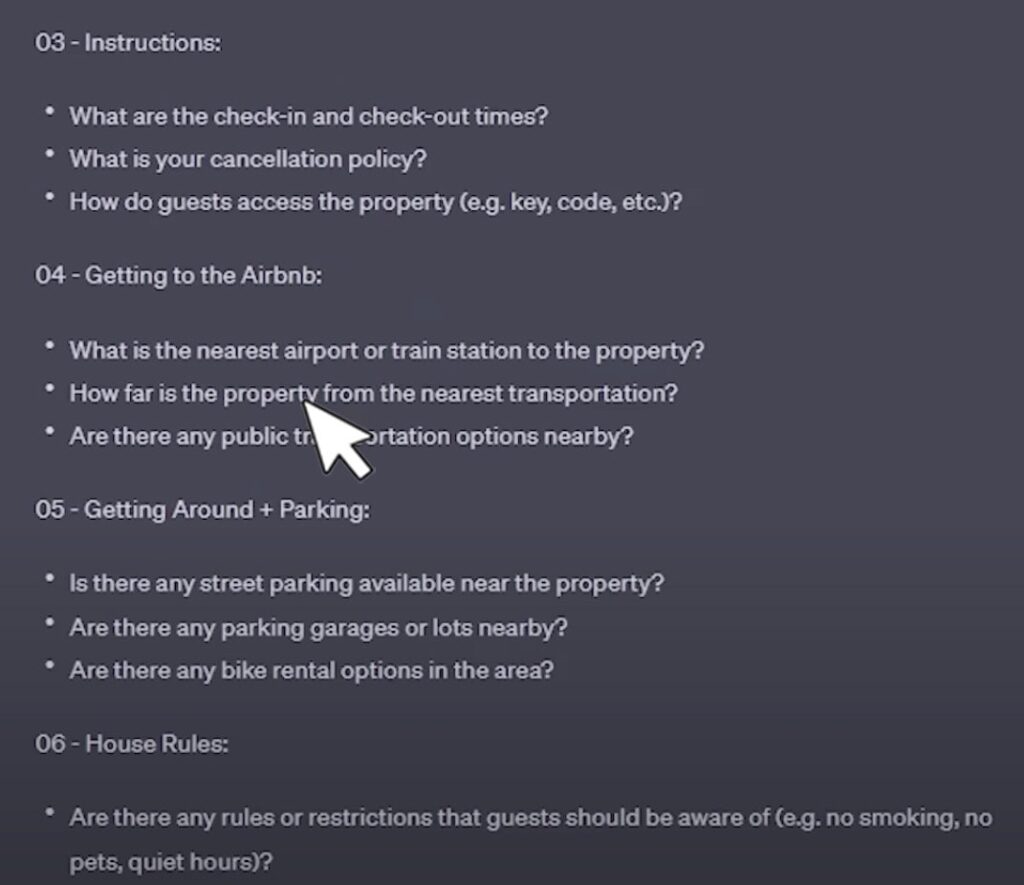
But how do you find clients?
The best place to find clients for this kind of business is LinkedIn or just Airbnb itself.
You can message AirBnb hosts and highlight the main problems that a welcome book could solve for their business and offer your service to them.
I asked ChatGPT to come up with the main problems Airbnb hosts could face if they don’t have a welcome book:
- Lack of information: Without a welcome book, guests might be unaware of important details such as how to operate appliances, Wi-Fi access, heating or cooling instructions, or local emergency contacts. This can lead to frustration and inconvenience for guests.
- Communication difficulties: Without a welcome book, hosts may find themselves overwhelmed with constant messages and calls from guests seeking basic information.
- Missed opportunities for local recommendations: Guests often appreciate recommendations for local attractions, restaurants, shops, or transportation options. By not having a welcome book, hosts miss an opportunity to enhance their guests’ experience and potentially receive positive reviews.
- Increased likelihood of misunderstandings: Clear guidelines and rules are essential to ensure a smooth and respectful stay for both guests and hosts. Without a welcome book, hosts may encounter situations where guests are unaware of specific policies or guidelines, leading to misunderstandings or conflicts. This can include issues related to check-in/check-out times, parking regulations, noise restrictions, or guest limits.
- Higher maintenance and support demands: Without a welcome, hosts may experience a higher volume of maintenance requests or support inquiries. Guests may reach out for assistance with minor problems that they could have resolved themselves if provided with the necessary information.
- Negative guest experiences and reviews: Frustrated or dissatisfied guests are more likely to leave negative reviews, impacting the host’s reputation and potential future bookings.
2. Do Affiliate marketing with ChatGPT
The best part about starting an affiliate marketing business is that it’s passive.
How it works:
- Create a WordPress website
- Write useful, helpful articles (with the help of AI) about a very niche topic (the goal is 100 articles that are at least 1000 words long)
- Add affiliate links to your blog posts and recommend products that are relevant to that niche
Over time the website will rank on Google and bring in organic traffic to your website. When people read your articles they will click on your affiliate links and you’ll make money.
The problem is that AI can’t do 100% of the work for this business model.
You can use AI to come up with article ideas and write a rough first draft. But you’ll still need to review the accuracy of the information because AI can get it wrong sometimes.
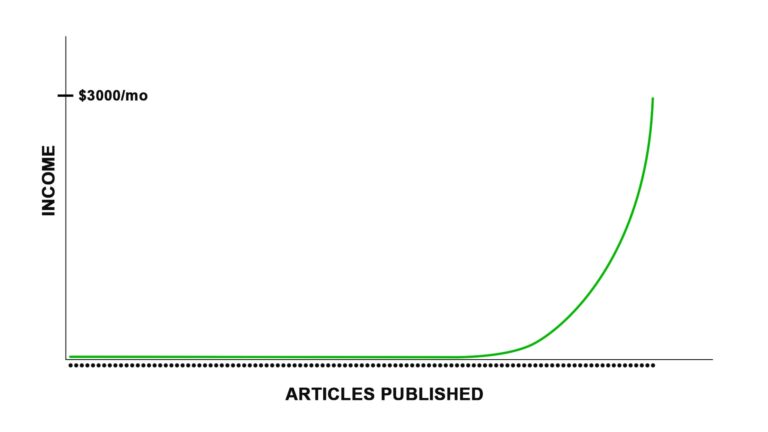
This business model is slow.
It takes a long time for a blog post to rank on Google and you need many of them (around 100) to start seeing any significant income.
But there’s an upside.
Once all those articles are written it’s completely passive for the next 5 or even 10 years.
All you need is 100 good, helpful articles on a specific topic and after 1 year you could easily make $1000/month without having to write more or do anything else.
I recommend checking out my full list of the best blogging tools to help you get started with this business.
3. Sell stickers with Midjourney

Turns out stickers are a huge market. Especially on Etsy.
There are Esty stores making $100K/year from selling AI-generated stickers.
Here’s how.
- Set up Midjourney.
- Use a prompt to generate stickers. For example: “/imagine strawberry sticker, cute, aesthetic, thick lines”
- Set up an Etsy store and connect it to Printful (Printful is a print-on-demand fulfillment company that will make the stickers that you create and send them directly to your customer without you having to lift a finger)
- Upload sticker designs to Esty
- Write SEO-optimized sticker titles and descriptions using ChatGPT.
If Midjourney AI is at full capacity, you can use a website called Kittl to generate stickers using AI.
The key to success with an Etsy store business is to look at what every successful store is doing and do something similar. The quantity of your listings also plays a big role.
Here are the types of images that Midjourney AI can generate from a single prompt. This is insane.

4. Create an AI software tool on Bubble
Bubble is a website where you can build software without using any code.

You can use ChatGPT to come up with software ideas that solve a very specific problem for a particular demographic and use Bubble to build it.
Or maybe solve your own problem with the software.
Chances are if you have that problem then thousands of other people do as well.
It’s so crazy that nowadays you don’t even need to know how to code to build a successful software business.
5. Sell pet prints generated by AI
People love their pets.
According to the World Animal Foundation, the global pet market industry is $261 billion.
Compare that to the computer laptop industry which was valued at $122 billion in 2023 (Statista).
The pet industry is more than twice as big!
Do you know what else people love as much as their pets? Taking pictures of their pets.
That’s where this business idea comes in.
Use an AI tool called Unbound (it creates different variations of an image that you upload) to create cartoon-like images of people’s pets.

Here’s how to do it:
- Set up a Shopify store and connect it to Printful (a print-on-demand service).
- Create a product page on Sopify that with a mockup of a few pet’s.
- Once a customer orders that product, ask them for a picture and a name of their pet.
- Use Unbound AI to generate different variations of their pet picture.
- Import that image into Canva or any other design tool and add their pet name on top.
- All that’s left is to upload this picture into Printful who will print the picture out, frame it and send it to the customer.
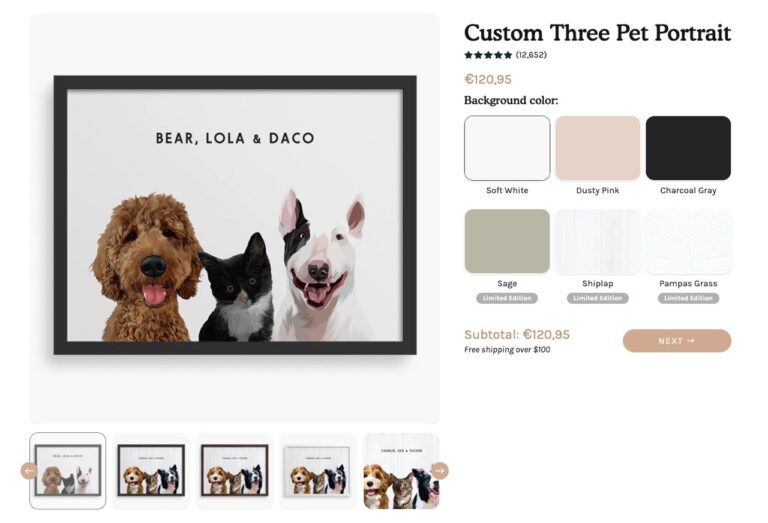
6. Sell mockups (Midjourney)
A mockup essentially is just a pre-designed template.
It’s usually used to showcase a product.
When someone buys a mockup they usually receive an editable file inside of which they can replace the placeholder text or image that’s on the mockup.
For example, you could replace the text in this coffee bag mockup with your own branding and have these pictures on your coffee e-commerce website.
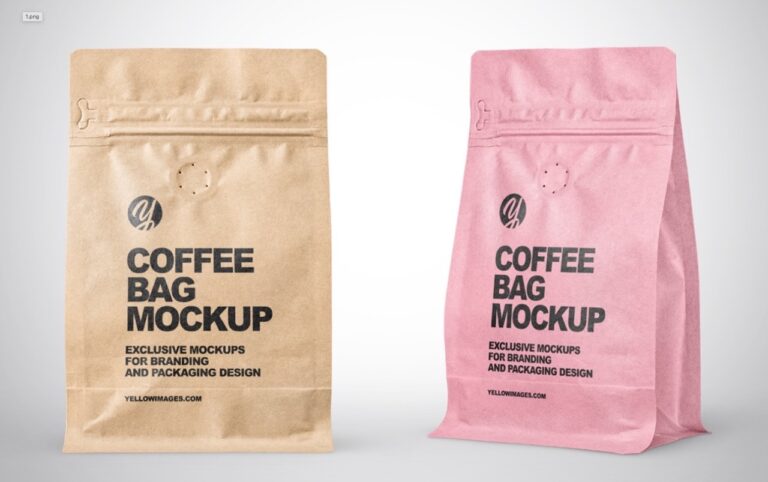
However, this side hustle requires knowing a little bit of Photoshop.
Of course, you can generate non-editable mockups using Midjourney AI however, you will have to make them editable with photo editing software.
Here’s a Midjourney prompt you could use to generate mockups:

If you don’t know how to do this then there are hundreds of tutorials on YouTube about how to make mockups editable.
Here’s the software you can use to customize mockups generated by AI:
Gimp – free photo editing software (kind of hard to use tho)
Photoshop – best photo editing software
Photopea – free online Photoshop alternative
Here’s a mockup on Etsy that sold over 10000 times:
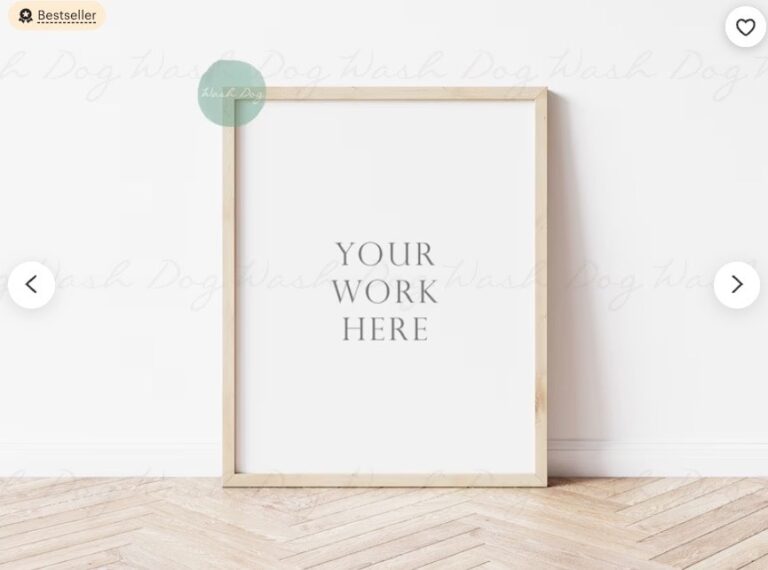
7. Sell Wedding stationaries / invitations with Midjourney

People spend a lot of money on their weddings.
They want everything to look perfect.
Here’s how to create a customizable wedding invitation business using AI:
- Generate a wedding invitation template using Midjourney AI. You can use a simple prompt like “minimalist wedding invitation template”.
- The results will most likely include unnecessary scribbles you want to remove. You can do that using Photopea which is a free online Photoshop alternative. Select the scribbles you want to remove with the lasso tool -> go to edit -> fill -> choose content aware under fill -> click ok.
- Import the wedding invitation into Canva and add customizable elements such as the names of the bride and the groom and the date of the wedding.
- Set up an Etsy or Shopify store with wedding invitations as a digital product.
- Once a customer buys the product, ask for their wedding details via Google Forms and fill them into the stationary.
- Send the wedding invitation to the customer. If you want to send a physical copy, not a digital one, you can use Printful to fulfill that order. They will produce and ship the wedding invitation to your customer.
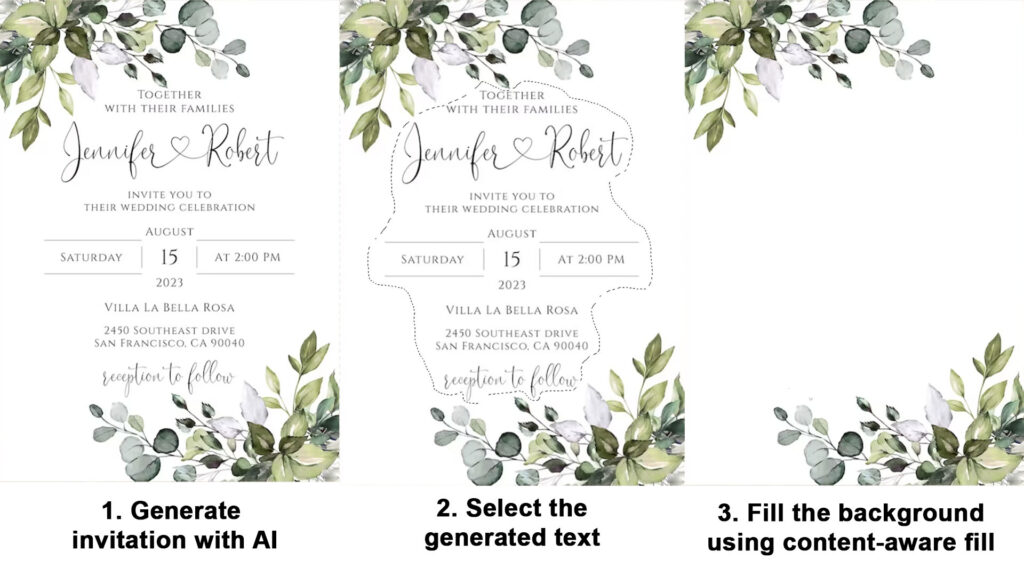
8. Sell AI prompts
Prompts are the currency of AI.
If you’ve used any AI tool before you know that a prompt is what makes AI generate a great result or a completely worthless one.
The best part is that you can gather great prompts from places like Reddit, Twitter, and YouTube or come up with your own and sell them
Knowing a great prompt can save people or businesses hundreds of hours of manual work.
You can create a Notion page with the best AI prompts and explanations of how to use them and sell it as a digital product through Payhip (a place where you can list digital products for sale for free)
Moreover, you can gather or create AI prompts for different professionals, such as artists, bloggers, SEO experts, marketers, or copywriters, and different Artificial Intelligence models such as ChatGPT or Midjourney.
This could lead to many digital products targeted at each specific person.
That means that you could charge more because the more niche the product is the more people are willing to pay for it.
9. Sell colouring books with Midjourney
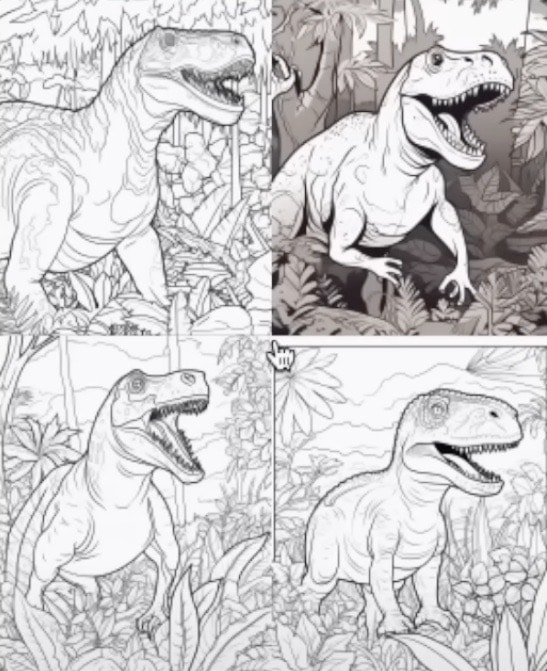
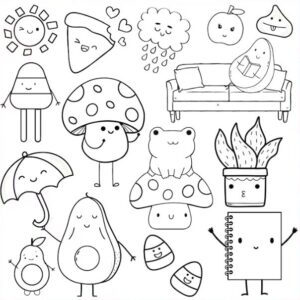
- Generate the coloring pages with Midjourney AI
- Combine them into a book using Canva.
- List the coloring book on Etsy.
- Write an SEO-optimized description and product title with ChatGPT.
10. Make thumbnails for YouTubers

- Create a thumbnail portfolio by recreating other people’s thumbnails yourself. You can showcase your portfolio on your own website. Learn how to create a website without using any code here.
- Pitch your Thumbnail services to small YouTubers (10000-50000 subscribers) via cold email.
- Create parts of the thumbnail using generative AI (you will still have to learn how to use photo editing software and basic design principles to edit what AI has created and add your own elements into the thumbnail).
11. Sell clip art
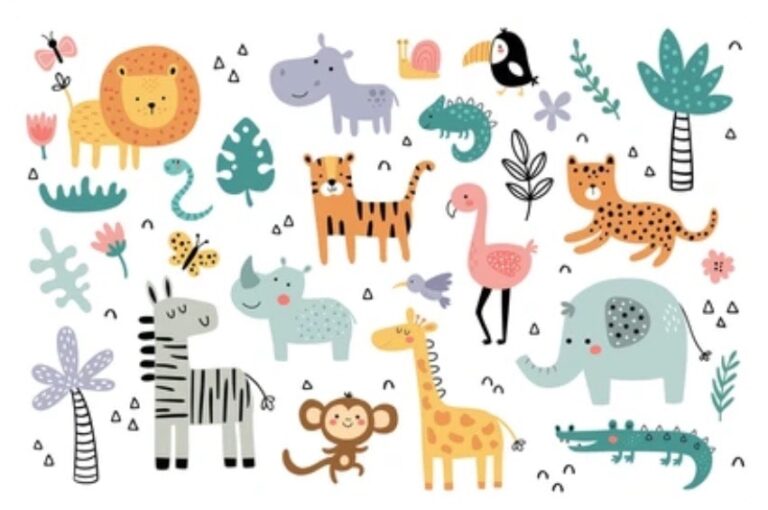
Clip art is just tiny digital graphics or small images used to illustrate any medium.
- Generate clip art using Kittle’s AI feature.
- List the clipart on Etsy using ChatGPT to come up with an SEO-optimized title and product description.
12. Sell digital paper (Midjourney)
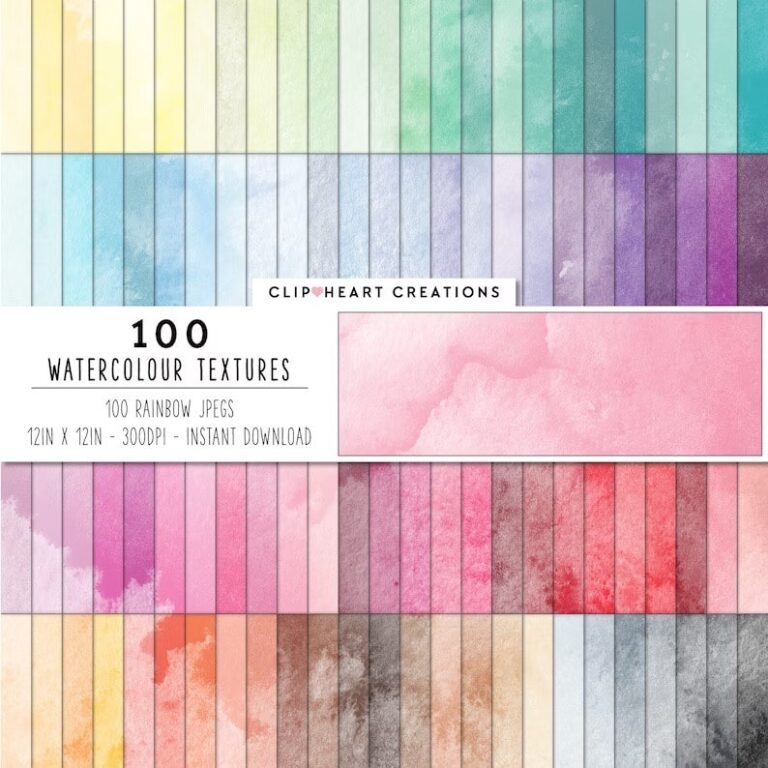
This digital paper pack has over 3,733 reviews on Etsy. And only a few percent of people leave a review once they buy something.
Digital paper is an image that has a repeatable pattern.
People buy digital paper patterns and print them onto actual paper to use wherever they desire.
Digital paper doesn’t cost a lot but the best part is that it’s easy to create with Midjourney AI.
Most digital paper businesses list their papers on Etsy because Etsy already has a built-in audience seeking to buy products.
This means that you won’t have to deal with marketing your digital products to customers elsewhere.
Make sure to add “–tile” at the end of your Midjourney AI prompt to generate a seamless pattern.
13. Sell checklists (ChatGPT)
You can sell digital checklists and use ChatGPT to generate them.
- Create a checklist for s particular person or a niche using ChatGPT.
- Create a Notion page with that checklist and publish it as a Notion website (it’s free)
- List the Notion page for sale as a digital product on Payhip.
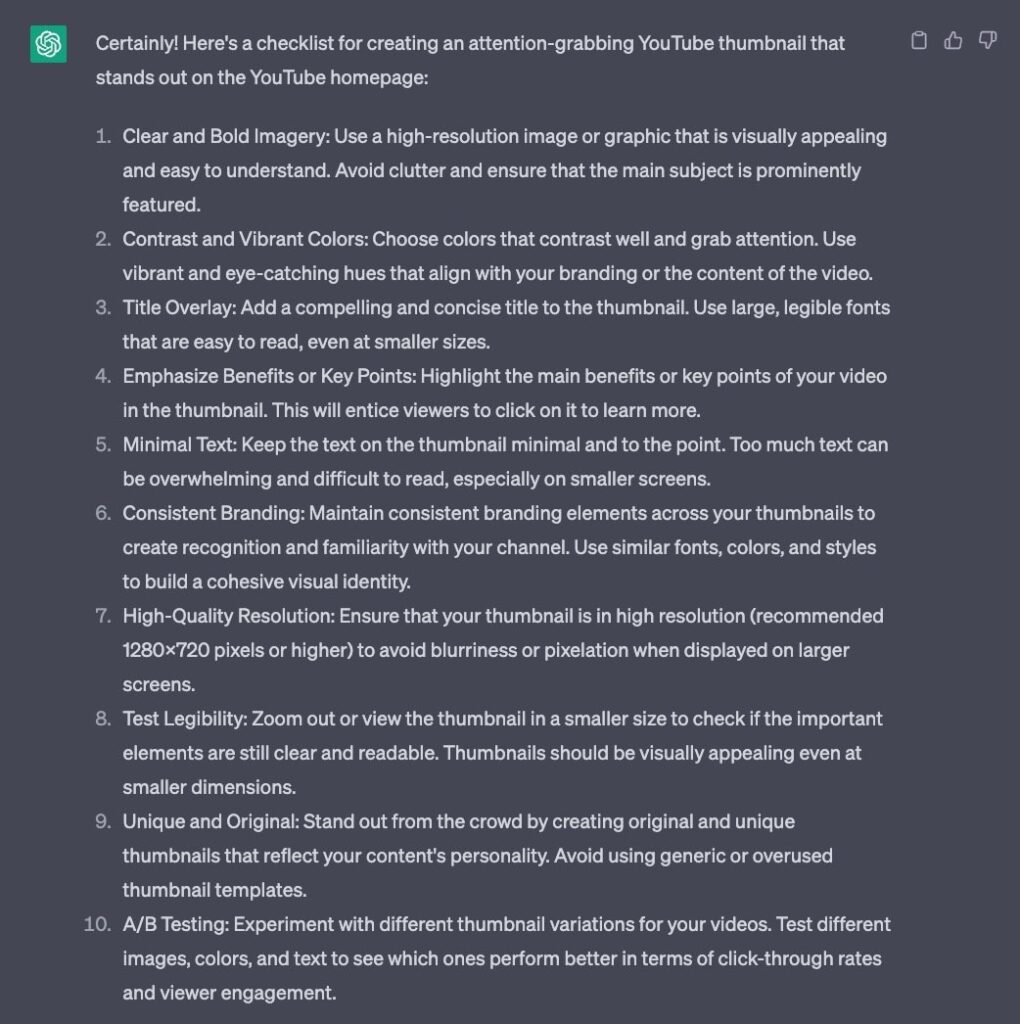
14. Generate stock photos for Shutterstock
Shutterstock is an online platform where you can purchase licenses for millions of photos, videos, logos, templates & other stock assets.
The best part is that they started allowing AI art to be listed on their website.
This means that you can generate AI images and once people purchase them as stock assets you will get paid.
On Shutterstock, you can earn between 15% and 40% commission when one of your images or videos is downloaded.
Stock photos are a numbers game. The more you list and the higher quality they are, the more downloads you’re likely to get.
Was this list of AI business ideas useful?
Always keep in mind that starting a profitable online business, even with AI, takes time and effort.
It’s not a get-rich-quick scheme.
It takes patience and the ability to think long-term.
Starting a business requires delaying ratification i.e. doing something for a long period of time without seeing any monetary results.
With that said I’ll leave you with some great resources that will help you start your first online business (whether it’s with AI or without it):
Best online business ideas for a one-person business model
How to make a legit website without using code
How to start a YouTube channel and get your first 1000 subscribers